#ștefan dimitrescu
Text
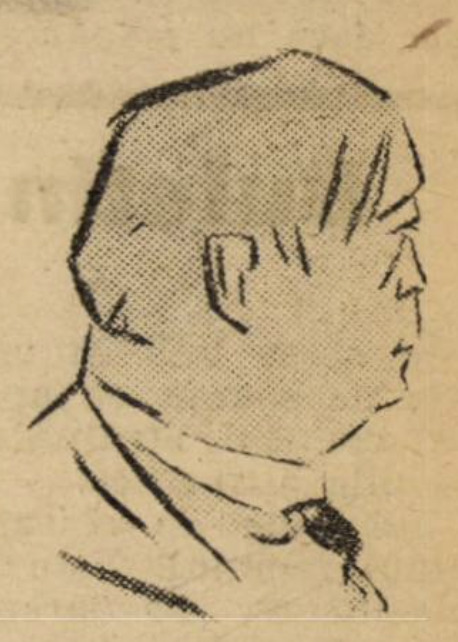







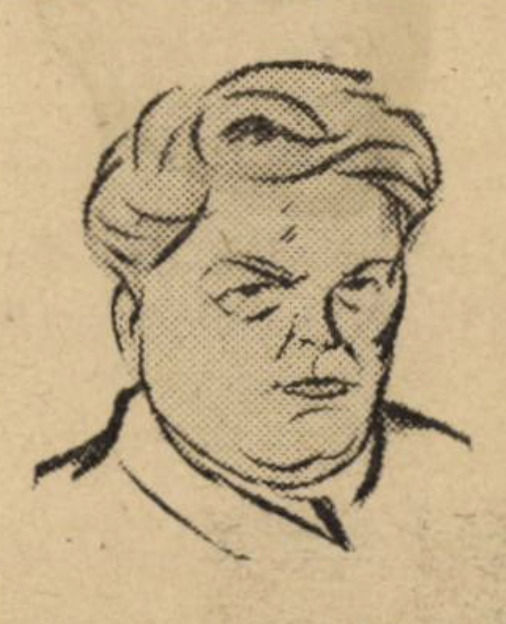

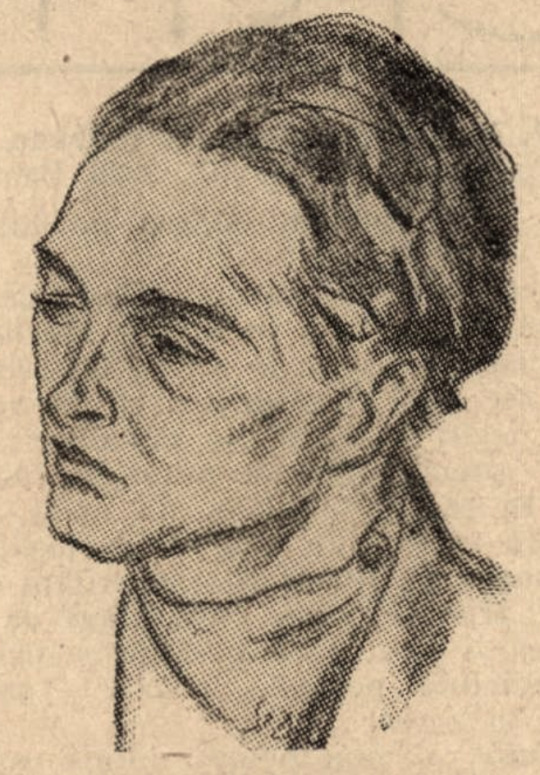
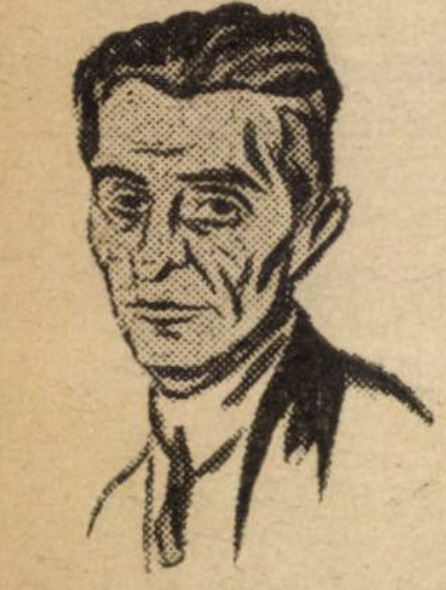
Portraits of interwar Romanian literary figures by Ștefan Dimitrescu (1886–1933), for various issues of Universul Literar, 1926:
Liviu Rebreanu, Aron Cotruș, Mihai Codreanu
Camil Petrescu, Dragoș Protopopescu, Lucian Blaga
Nicolae Davidescu, Corneliu Moldovanu, Mihail Sadoveanu
Mihail Sorbul, Ionel Teodoreanu, Panait Istrati
#ștefan dimitrescu#romania#romanisme#aron cotruș#dragoș protopopescu#camil petrescu#lucian blaga#panait istrati#liviu rebreanu#mihail sorbul#corneliu moldovan#mihail sadoveanu#ionel teodoreanu#mihai codreanu#nicolae davidescu#1926
39 notes
·
View notes
Text
Balul Vienez de la Fălticeni (video eveniment)
Valsul copiilor (elevii clasei a III-a SBS de la Școala Gimnazială “Mihail Sadoveanu”, prof. Luminița Pavăl. Coregraf – Gabriel Scalschi
Valsul adolescenților – Trupa Birlic, Coregraf – Gabriel Scalschi
Moment coregrafic prezentat de balerinii: Georgiana Dimitrescu (Opera Națională Română Iași), Andrada Costin, Gabriel Scalschi, Andrei Tcaciuc, Sabina Hultoană, Ștefan Năstasă (masteranzi ai…

View On WordPress
0 notes
Link
0 notes
Text
Romanian Youth Orchestra Athenaeum Bucharest
Romanian Youth Orchestra Athenaeum Bucharest
Interior Romanian Athenaeum – Reddit
I didn’t do pre-concert research before the Youth Orchestra performance yesterday, but wasn’t expecting such an extraordinary showing. The musicians were phenomenal! The complex program included Russian, Italian, French, Romanian, and German composers and varied from rousing overtures to opera intermezzos, a bacchanale, marches, Romanian peasant dances,…

View On WordPress
#“George Enescu” International Festival#Camille Saint-Saëns - Bacchanale from Samson and Dalila#Cello Soloist Ștefan Cazacu#Ciprian Porumbescu - Ballad Violin and Orchestra#Conductor Gabriel Bebeşelea#Constantin Dimitrescu - Peasant Dance Cello and Orchestra#Cristiana Sîrbu#European Federation of National Youth Orchestras (EFNYO)#Gabriel Bebeşelea Chief Conductor of the Philharmonic of North Macedonia#Gabriel Bebeşelea Principal Conductor National Romanian Opera House of Cluj-Napoca#Gabriel Bebeşelea Principal Conductor of the Transylvania State Philharmonic Orchestra of Cluj-Napoca#Gabriel Bebeşelea Principal Conductor Romanian National Opera of Iaşi#Giacomo Puccini - Intermezzo from Manon Lescaut#Gioachino Rossini - Overture from Cotofana Hoaţă#Jeunesses Musicales Conducting Competition Bucharest#Johann Strauss II - Persian March#Johann Strauss II - Tritsch-Tratsch Polka#Lovro von Matačić Conducting Competition#Mikhail Glinka - Overture of Ruslan and Ludmila#National University of Music Bucharest#Pietro Mascagni - Intermezzo from Cavalleria Rusticana#Professor Marin Cazacu#Romanian Athenaeum#Romanian Youth Orchestra#Royal Concertgebouw Orchestra Amsterdam#Sabin Pautza - Romanian Medley#Sibelius Violin Concerto in D minor Op. 47#Transylvania University Brașov Romania#University of Music and Performing Arts Graz#Violin Final of the 2020-2021 George Enescu International Competition
0 notes
Photo
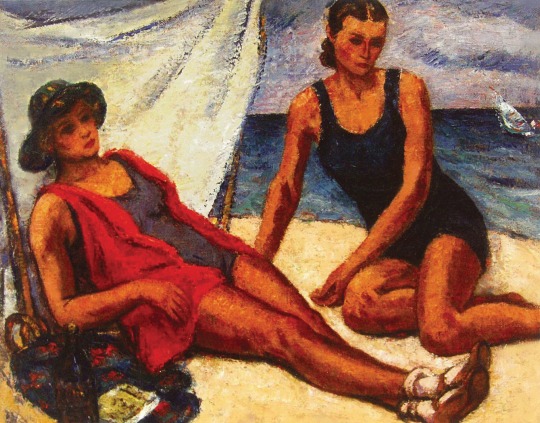
On the Beach at Mangalia - Ștefan Dimitrescu
32 notes
·
View notes
Text
Special 300 followers post: places to visit while in Romania (4/5)
Part 3
25. Vaser Valley Mocănița
Mocănița is a term used for narrow-gauge railways in Romania, operated by steam-powered locomotives. While the tracks originally were meant for cargo and passenger services, today they are used for tourism.
There are many Mocănițas between Bukovina, Maramureș and Transylvania, but the one I will recommed is the Vaser Valley Mocănița in Maramureș. The tracks run from Vișeu de Sus. The main line is 43 km (27 miles) long, from Vișeu de Sus to Comanu, near the Ukrainian border. This trip usually takes 3-4 hours each way. The line is operated by a lot of engines, including Măriuța and Krauss. The trip is beautifully scenic, going slowly through areas populated by deer and bears, though cattle and sheep can be also observed.

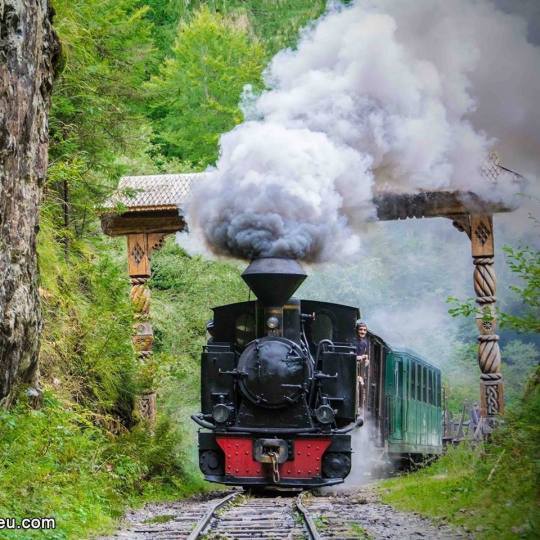


26. Bucegi Mountains
The Bucegi Mountains are located in central Romania.
Bucegi is a very popular spot for tourists from all over, in winter because of the ski resorts, and, no matter the time of the year, for the Bucegi Plateau and the natural wonders it possesses. Access to the Plateau is done through a cable car or on foot, if you wish to hike (side note: NEVER EVER accept a ride with minivans from people around the cable car station! they will rip you off and leave you to walk around 1 hour on foot to the Plateau, while the cable car leaves you right there at the destination. Don’t let the queue daunt you, you’ll be better off waiting there). On the Plateau there are two natural monuments you have to see, as they are in walking distance of one another and the cable car station: the Sphynx and the Old women (Sfinxul and Babele). They were formed through natural erosion processes, creating statue-like figures. The next two places to visit are farther away, so I recommend consulting the weather forecast and taking mountain gear with you if you want to visit them: the Caraiman Cross and Omu Peak. The Caraiman Cross is gigantic cross monument, buit on a mountain peak, to honor the Romanian heroes who died during WWI. The Omu Peak is the 6th tallest mountain peak in Romania, standing at an altitude of 2.514 m (8.248 feet) above sealevel. There are signs showing the way for whatever you want to see on the Plateau, so follow them. It is believed that Bucegi is the legendary mountain of Kogainon, the holy mountain of the Dacians, in which Zalmoxis, the head God, resided in a cave.

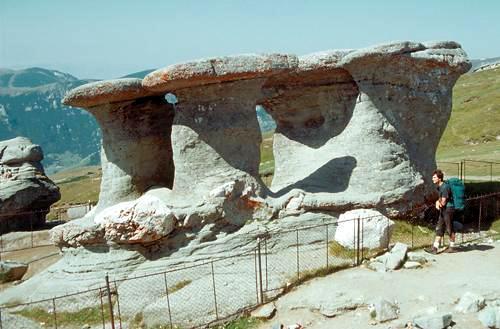


27. Grigore Antipa National Museum of Natural History
The Grigore Antipa National Museum of Natural History is a natural history museum located in Victory Square, Bucharest, Romania, housing over 2 million pieces in varied collections.
The museum is named after the man who administered it for 51 years, Grigore Antipa, a Romanian Darwinist who is considered to be the first person to modernize the concept of dioramas; emphasizing the 3D aspect, and he was the first to include them in a museum setting (the original dioramas are still visible in the main hall). The museum is the only one to house and display a fully intact skeleton of a Deinotherium Gigantissimum. If you are not interested in natural history, in close proximity there is also the National Geology Museum (which has 80,000 samples of rocks, fossils, and minerals from Romania) and the National Museum of the Romanian Peasant (which is one of Europe's leading museums of popular arts and traditions) and the Victoria Palace (the headquarters of the Romanian Government).

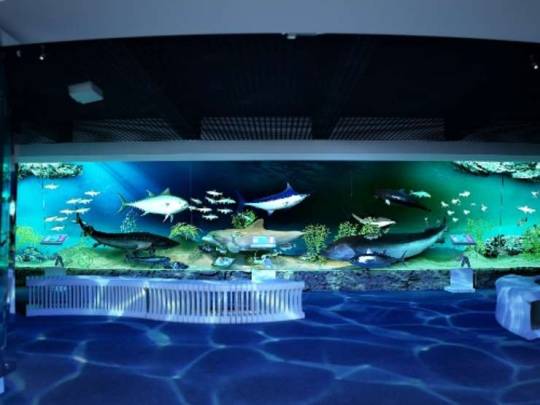


28. Cotroceni Palace
Palatul Cotroceni or Cotroceni Palace is the official residence of the President of Romania, and it also houses the National Cotroceni Museum.
Comprising approximately 20.000 objects, the collection of the Cotroceni National Museum has been continuously enriched through transfers from other institutions and museums and particularly through acquisitions and generous private donations. The collection of the National Cotroceni Museum is divided into the following domains: plastic arts, decorative arts, numismatics, medals, history, archaeology. Visits are made only within a guided tour. There are two types of tours : The "classic" tour takes 60 minutes and includes the first and second floors, while the "complete" tour, which lasts 100 minutes, also include the medieval areas of the Palace, the church and the cellars.




29. The Palace of Culture from Iași
Palatul Culturii or the Palace of Culture is an edifice located in Iași, Romania.
The building served as Administrative and Justice Palace until 1955, when its destination was changed, being assigned to the four museums nowadays united under the name of Moldavia National Museum Complex. Also, the building houses the Cultural Heritage Conservation-Restoration Centre, and hosts various exhibitions and other events. Besides the four museums, The Palace of Culture presents some other attraction points. One of them is the Gothic Room, where can be admired the mosaic that presents a medieval bestiarum. There is also the Voivodes' Room, located at first floor, where there are the portraits of Moldavia's rulers and Romania's kings, starting with Decebalus and Trajan, paintings made by Ștefan Dimitrescu and his students.
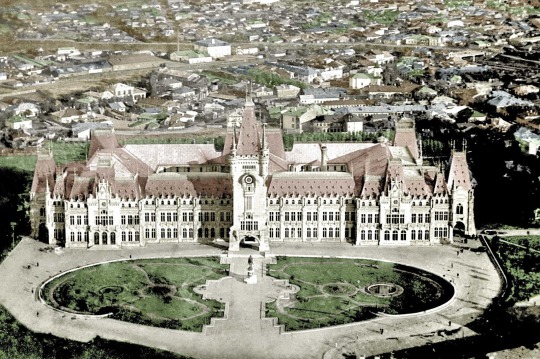


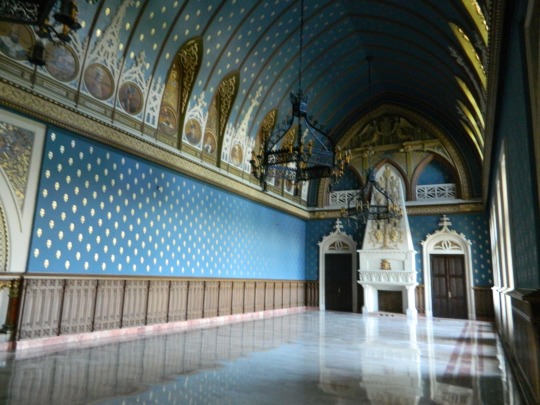
30. Scărișoara Cave
Peștera Scărișoara or Scărișoara Cave is one of the biggest ice caves in the Apuseni Mountains of Romania, in a part of Carpathian chain.
It is considered a show cave and one of the natural wonders of Romania. It has also been described as a glacier cave. The cave is located at an altitude of approximately 1,150 m (3,770 ft) above sea level. It is 120 m (390 ft) deep and 720 m (2,360 ft) long. The entrance shaft gives access through metal stairs to a large chamber, the Great Hall. The Great Hall includes an ice cliff nearly 18 m (59 ft) tall, which overlooks a pool called the Pool of Ice.
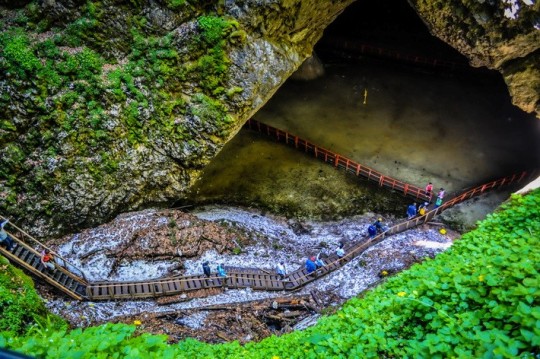


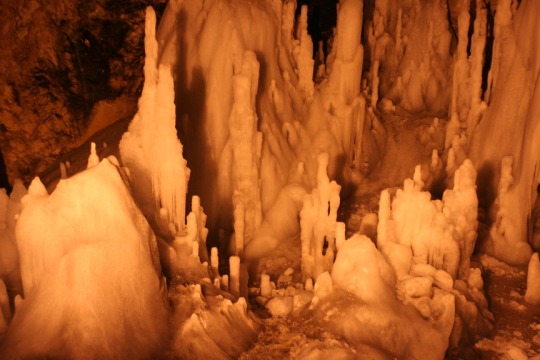
31. Victory Square from Timișoara
Piața Victoriei or Victory Square is one of the central squares in Timișoara, and a place of great recent historical importance.
Around the square you can find many cultural edifices - the Romanian Opera, the National Theater, the State Hungarian Theater, the State German Theatre, The Orthodox Cathedral, the Capitol, Studio and Timiș cinemas, the Banat Museum and art galleries, as well as many shops. The Opera and the Cathedral sit opposite of eachother. I recommend this place because I consider it to be the place where the idea of a contemporary, free Romania was born. 30 years ago, in 1989, Timișoara became the place where the Revolution started. This Square will forever be the place where the Ceaușescu regime started its downfall, and a place where a great loss of life happened. If you visit, go to the Opera, stand in front of it, facing the Cathedral, and look at the buildings around. Even to this day, they still bear the holes left by bullets.

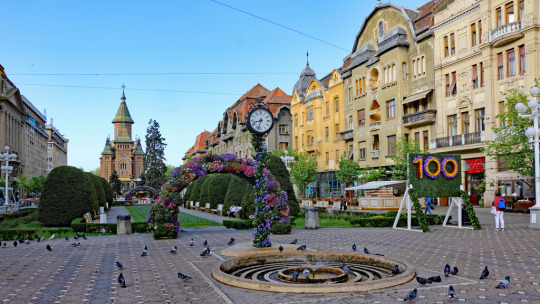


32. Trajan's Bridge
Podul lui Traian or Trajan's Bridge was a Roman segmental arch bridge, the first bridge to be built over the lower Danube and one of the greatest achievements in Roman architecture.
The bridge was constructed in 105 AD by instruction of Emperor Trajan by Greek architect Apollodorus of Damascus before his Second Dacian War to allow Roman troops to cross the river. Though it was only functional for 165 years, it is often considered to be the longest arch bridge in both total and span length for more than 1,000 years. The wooden superstructure of the bridge was dismantled by Trajan's successor, Hadrian, presumably in order to protect the empire from barbarian invasions from the north. The superstructure was destroyed by fire. Only the entrance pillars are now visible on either bank of the Danube, one in Romania and one in Serbia.

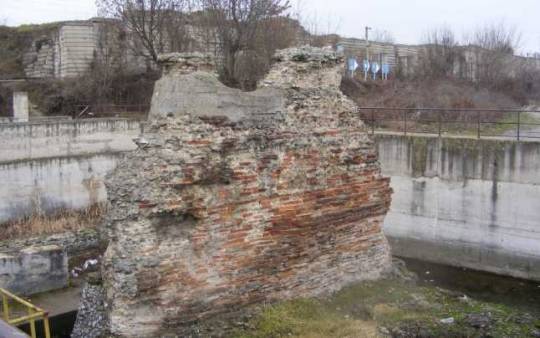
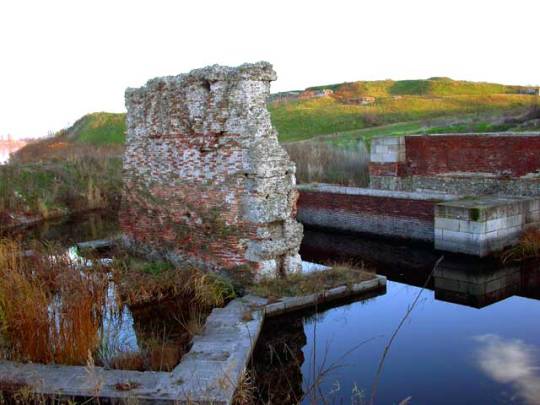
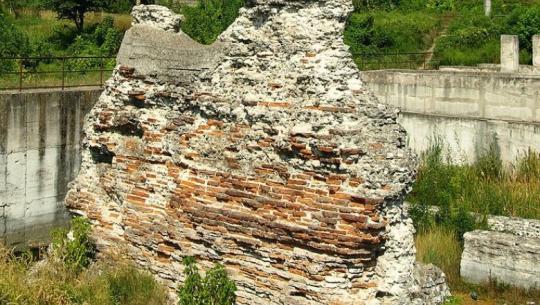
Part 5
#România#Romania#Maramureș#Muntenia#Moldova#Moldavia#Transilvania#Transylvania#Banat#Oltenia#Mocănița#Sfinxul#Babele#Caraiman#Omu#Grigore Antipa#București#Bucharest#Palatul Cotroceni#Cotroceni Palace#Palatul Culturii#Palace of Culture#Iași#Peștera Scărișoara#Scărișoara Cave#Piața Victoriei#Victory Square#Timișoara#Podul lui Traian#Trajan's Bridge
69 notes
·
View notes
Text
Resident Evil Village: Does Lady Alcina Dimitrescu’s Name Hide Any Secrets?
https://ift.tt/eA8V8J
Like you, we can’t get enough of Lady Alcina Dimitrescu: the extremely tall vampire lady who will apparently serve as one of Resident Evil Village‘s primary antagonists.
While there’s no shortage of unanswered questions surrounding Lady Dimitrescu, one of the most fascinating aspects of the character is one of the few things we actually do know about her. After all, the name Dimitrescu isn’t common in the Resident Evil universe and leaves you with the impression that it was chosen to convey something specific.
Well, after spending a little time investigating the history of the names Alcina and Dimitrescu, it turns out that there may be something in this name after all. Here’s what you need to know about the origin of the names and what it could tell us about Resident Evil Village‘s most fascinating villain.
Dimitrescu Can be Traced Back to Romania, Russia, and Greece
While it’s been noted that the name Dimitrescu isn’t especially popular in the West (it’s actually quite uncommon in that part of the world), the name has historically been popular in Russia, Greece, and throughout Eastern Europe.
However, the name is most closely associated with Romania. Several notable people named Dimitrescu were born in Romania or trace their origins to that country (more on that in just a bit). Interestingly, leaks and rumors strongly suggest that Resident Evil Village takes place in Romania.
Strangely, the surname Dumitrescu is actually much more common in Romania. While Dimitrescu is also a fairly common name, it’s interesting that Capcom decided to make the slight alteration. Then again, the comparative commonality of Dumitrescu may be part of the reason why they decided to make a slight change.
In any case, the Romania association would make quite a bit of thematic sense given that Romania is traditionally associated with vampirism in popular culture and Lady Dimitrescu certainly has vampiric tendencies. That association was certainly enhanced by Dracula and Vlad the Impaler’s association with the Romanian region of Transylvania.
Dimitrescu Has Ties to Christianity and Paganism
Many older surnames are often based on notable religious figures, and Dimitrescu is no different (at least depending on your interpretation of the name’s origins and spread).
What’s interesting is that the name has traditionally been associated with two vastly different religious figures. One was St. Demetri who was known for (amongst other things) converting many Pagans to Christianity. The belief is that the Crusades ultimately resulted in more and more people in different regions taking the name of saints and similar figures.
While the spread of the Dimitrescu could possibly be related to St. Demetri, it seems that the origin of the name is actually a derivation of “Demetrios” which translates to “a follower of Demeter.”
Dimitrescu’s Association With Demeter, The Goddess of Fertility, Could be Significant
While it’s unlikely that Demeter herself will play a role in Resident Evil Village, it’s certainly interesting to note the goddess is associated with some of the images and ideas we’ve seen in Resident Evil 8 so far.
As a goddess of the harvest, grain, and fertility, it makes sense that Demeter would not only be recognized by rural villagers who are likely reliant on harvests but with Lady Dimitrescu whose reliance on her “daughters” suggests some kind of infatuation with fertility.
To go a step further, we’ve already established that Lady Dimitrescu is associated with an almost goddess-like figure known only as Mother Miranda. Perhaps more importantly, we see oddly Greek imagery in the basement of Lady Dimitrescu’s home during a portion of the “Maiden” demo.
cnx.cmd.push(function() { cnx({ playerId: "106e33c0-3911-473c-b599-b1426db57530", }).render("0270c398a82f44f49c23c16122516796"); });
Demeter Is Referenced In Dracula
Does the name Demeter sound familiar for reasons other than the goddess and you can’t quite remember how you know it? Well, it may be because you remember your Dracula mythos.
Demeter is the name of the Russian ship that Dracula boards to sail for England. He even brings boxes of soil with him to maintain his strength, which we suppose you could associate with ideas of fertility if you’re looking to stretch the concept.
In any case, this is yet another connection between Lady Dimitrescu and vampires.
Could the Name Alcina Refer to Anything?
Well, what’s strange about the name Alcina is that it’s actually most common in Italy. While the name Alina is more common throughout parts of Eastern Europe and elsewhere, Alcina isn’t necessarily that popular outside of Italy.
So why is it being used here? It could have something to do with an opera named Alcina which tells the story of a sorceress who is similar to Circe from Homer’s Odyssey.
It’s easy enough to see how a seductive sorceress could be used as the basis for Lady Alcina Dimitrescu’s character, but it’s certainly interesting that there seems to be a blend of cultures in the character’s full name.
Are There Any Famous Figures Named Dimitrescu?
While there are several historical figures with the name Dimitrescu, many of them don’t seem to have any direct associations with the themes of Resident Evil Village.
However, there is a famous painter named Ștefan Dimitrescu whose works typically focused on peasants and similar figures. I suppose you could draw a connection to that style and the peasants in Resident Evil Village.
The more interesting historical figure with that name would have to be Constantin Dimitrescu-Iași. As a philosopher whose musings were sometimes based on fundamentally scientific concepts, there’s a little room to make the argument that the name could be a tip to the hat of the idea that Resident Evil Village‘s seemingly supernatural events once again have a scientific explanation. Still, the name is likely a coincidence rather than a direct nod to that figure.
The post Resident Evil Village: Does Lady Alcina Dimitrescu’s Name Hide Any Secrets? appeared first on Den of Geek.
from Den of Geek https://ift.tt/39e8z57
2 notes
·
View notes
Text
”Octav Băncilă, pictorul Răscoalei din 1907” de Daniela Șontică
”Octav Băncilă, pictorul Răscoalei din 1907” de Daniela Șontică
Viața de mizerie și sărăcie a țăranului român din trecut a fost o temă generoasă pentru artiștii noștri. Între aceștia, cel mai reprezentativ rămâne Octav Băncilă, supranumit și pictorul Răscoalei din 1907.
Vă amintiți, poate, acea pictură redată în manualele de limba și literatura română din anii comunismului, cu țăranul furios și desfigurat de revoltă și teamă, fugind printre gloanțe și…
View On WordPress
#Ary Murnu#Camil Ressu#cultură#Daniela Sontica#femei care spală rufe#Francisc Șirato#Ion Theodorescu-Sion#Lucrări de Octav Băncilă#Nicolae Grigorescu#Nicolae Tonitza#Octav Băncilă ”Autoportret”#pictură#picutră romanească#rascoala din 1907#România în timpul Primului Război Mondial#rubrica memor leviathan.ro#Ștefan Dimitrescu#tema taranească in pictura romanească#tema țărănimii oprimate#traditionalism#Vasile Rășcanu#văzduh înfiorat#ziarul ”România Muncitoare”#”1907” al lui Octav Băncilă
0 notes
Photo

Herkese güneşli bir salı gününden merhabalar! Bugün sizlere 1883 Giurgiu – Romanya doğumlu sanatçı Nicolae Dărăscu’dan bahsetmek istiyorum. 1902 - 1906 seneleri arasında ressam George Demetrescu Mirea’nın yanında Bükreş Güzel Sanatlar Akademisi’nde eğitim gören sanatçı, mezun olduktan sonra kazandığı burs ile Paris’te bulunan Julian Akademisi’ne (Académie Julian) girmiştir. Heykeltıraş ve ressam Jean-Paul Laurens’in yanında bir sene eğitim alan Dărăscu, 1907 senesinde yine Paris’te bulunan Güzel Sanatlar Okulu’nda (École des Beaux-Arts) illüstratör ve ressam Luc-Olivier Merson’un yanında eğitim almıştır. Bu senelerde başta Fransa olmak üzere Avrupa’nın başka ülkelerine de seyahatlar gerçekleştirmiş, gezdiği ülkelerin müzeleri ve kültürleri ile ilgili araştırmalarda bulunmuştur. 1918 senesinde Camil Ressu, Ștefan Dimitrescu, Iosif Iser, Marius Bunescu, Dimitrie Paciurea, Cornel Medrea, Ion Jalea ve Oscar Han ile birlikte Iaşi – Romanya’da Arta Română (1) birliğini kurmuştur. 1936 - 1950 seneleri arasında Bükreş Güzel Sanatlar Akademisi’nde proseförlük görevini sürdürmüştür. Çağdaşlarına göre ağırlıklı olarak manzara ve dış mekan üzerine çalıştığı, natürmort çalışmalarını ise nadir olarak devam ettirdiği bilinmektedir. Dărăscu 1959 senesinde Bükreş’te hayatını kaybetmiştir. / (1) Arta Română : Romen Sanat Topluluğu, 1918 senesinde Bükreş'te kurulan, ressam ve heykeltıraşların oluşturduğu sanatsal bir birliktir. Kurucuları Romanya ordusunun genel merkezinde seferber edilen sanatçılardır. Çoğu, Romen askerlerinin özverili olma ve fedakarlık ruhundan ve bu tarihsel dönemin büyük silahlı çatışmasında savaştıkları cesaretten ilham almıştır. 1- Venice / 2- Boats on the Danube (Valcov) / 3- Mangalia Yard / 4- Gondole la Venetia (Palazzo Dario) / 5- The House with Linden Tree from Balcic / 6- Mamut's Café / 7- Iaşi Square (Food Row) / 8- Shepherd and Sheep at Vlaici / 9- Vase with Peonies / 10- Boats at Saint Tropez #nicolaedarascu #nicolaedărăscu #artaromana #art #sanat #painter #romanianpainter #evdekal #sanatıkeşfet #coronadays #benibunaannemzorladi https://www.instagram.com/p/B_hYQIwgO-8/?igshid=1rj524qpq2xfh
#nicolaedarascu#nicolaedărăscu#artaromana#art#sanat#painter#romanianpainter#evdekal#sanatıkeşfet#coronadays#benibunaannemzorladi
0 notes
Text

Ștefan Dimitrescu (Romanian, 1886-1933)
in Ana Martin Silaghi, "Grafica lui Nicolae Tonitza, Ştefan Dimitrescu şi Rudolf Schweitzer-Cumpăna în colecţia Complexului Muzeal Judeţean Bihor", Crisia XVII, 1987
33 notes
·
View notes
Text
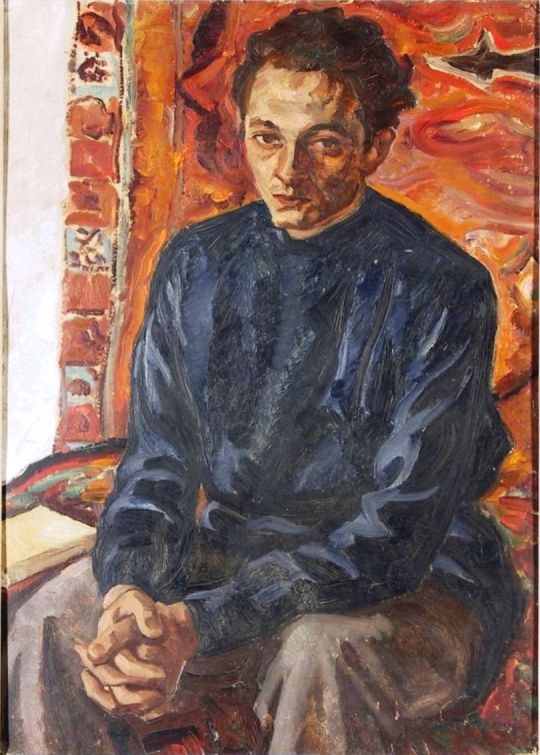
Ștefan Dimitrescu (Romanian, 1886–1933)
Study for a larger portrait of novelist Ionel Teodoreanu (1897–1954), ca. 1931
Muzeul Național Brukenthal, Sibiu
11 notes
·
View notes
Text






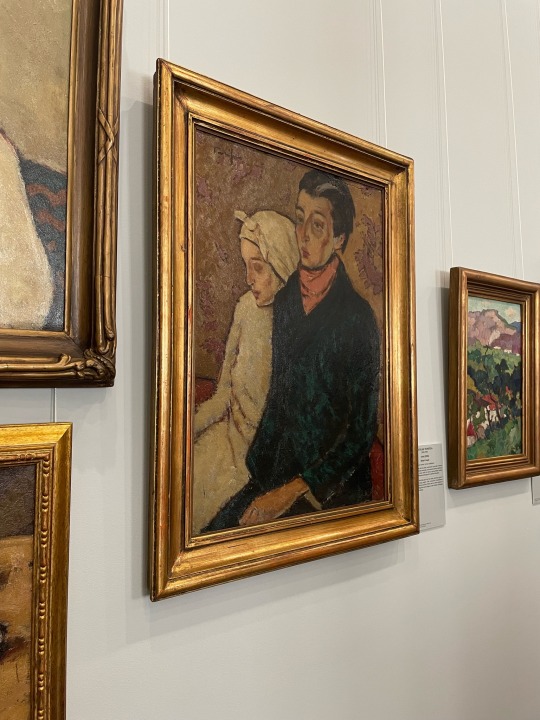



seen today at the MNAR's Grupul celor patru (Group of Four: Nicolae Tonitza, Francisc Șirato, Oscar Han, Ștefan Dimitrescu) exhibition
52 notes
·
View notes
Photo
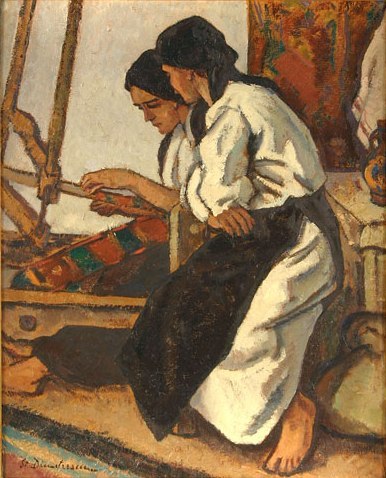
Ștefan Dimitrescu (Romanian, 1886-1933)
“Femei ţesând la război”, nd.
53 notes
·
View notes
Text

Ștefan Dimitrescu (Romanian, 1886-1933)
"Portretul soției" ("Portrait of the artist's wife"), 1921
Muzeul de artă din Iași
Claudiu Paradais, Ștefan Dimitrescu (București: Editura Meridiane, 1978)
36 notes
·
View notes
Photo

Ștefan Dimitrescu (Romanian, 1886–1933)
“Peasant Girl from Săvârșin”, n.d.
26 notes
·
View notes
Photo

Ștefan Dimitrescu (Romanian, 1886-1933)
“Portrait of Lily (Ștefana Velisar Teodoreanu)”, ca. 1931
27 notes
·
View notes